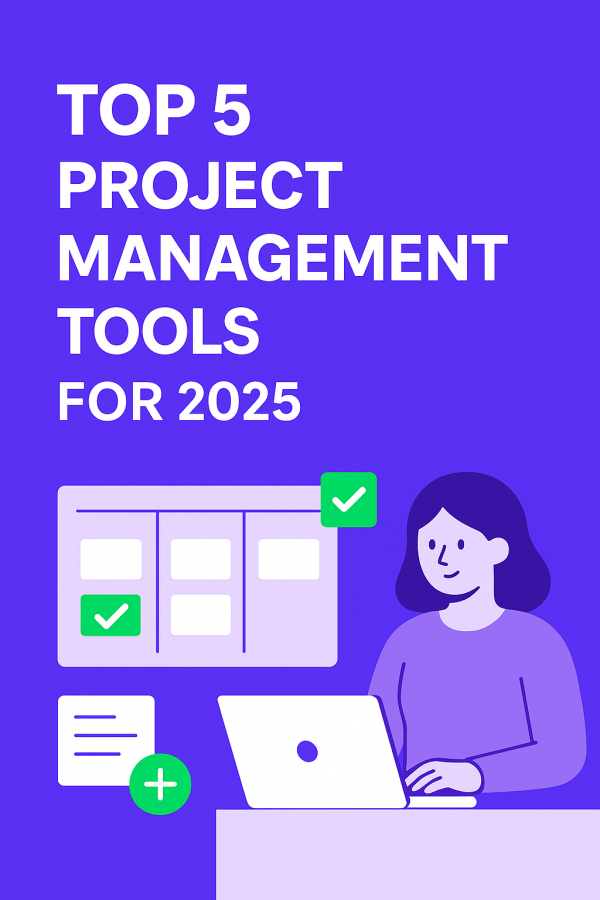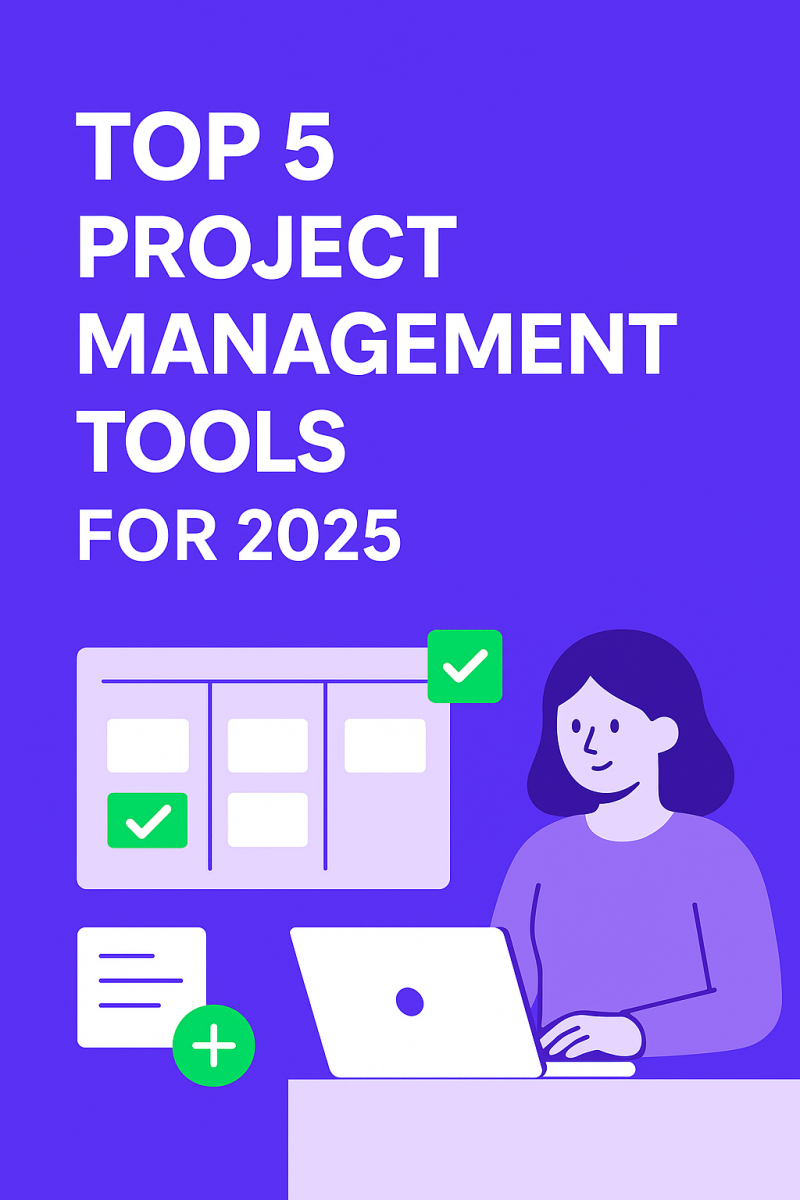Managing projects today isn’t just about tracking tasks — it’s about connecting people, ideas, and progress in one cohesive flow. Whether you’re leading a product launch, marketing campaign, or software sprint, the right project management tool can make or break your team’s momentum.
Here are the top 5 project management tools for 2025 that help teams stay aligned, productive, and inspired.
1. Artavolo — Where Creativity Meets Productivity
Best for: Teams that love spreadsheets but need structured workflows.
Artavolo brings together the flexibility of a spreadsheet and the power of a modern project management platform. It’s designed for teams that want freedom without losing focus — where each project can be viewed as a grid, Kanban board, or timeline.
Key Highlights:
Feels like a spreadsheet, functions like a workflow engine
Multiple views: Grid, Kanban, Calendar, Timeline
Fully collaborative: real-time updates, mentions, file attachments
Self-host or use Artavolo Cloud — your choice
100% free for unlimited users
Whether you’re managing software sprints, design projects, or operations, Artavolo helps teams create, collaborate, and deliver — all in one place.
2. Notion — The All-in-One Workspace
Best for: Teams that love flexibility and documentation in one place.
Notion combines note-taking, documentation, and task management under a single roof. It’s highly customizable and ideal for startups and small teams that prefer to build their own systems rather than adopt rigid templates.
Pros:
Beautiful, minimal design
Combines docs, wikis, and tasks
Excellent for internal knowledge sharing
Consider if: Your team thrives on customization and doesn’t mind some setup time.
3. Airtable — For Data-Driven Project Management
Best for: Teams managing structured data and complex relationships.
Airtable shines when you need spreadsheet familiarity with database power. With its strong integrations and templates, it’s a great choice for content calendars, CRM systems, and event planning.
Pros:
Advanced automation and integrations
Database-style relationships
Highly visual dashboards
Consider if: You rely heavily on structured data and reporting.
4. Trello — Simple and Visual Task Boards
Best for: Individuals and small teams who love Kanban simplicity.
Trello’s iconic card-and-board system remains one of the easiest ways to visualize work. It’s quick to set up and perfect for teams that want to get started fast.
Pros:
Super intuitive drag-and-drop interface
Great for personal or lightweight team projects
Power-ups extend functionality
Consider if: You prefer simplicity over complexity and don’t need advanced automation.
5. ClickUp — All-in-One Enterprise Workflow Tool
Best for: Large teams needing depth, dashboards, and automation.
ClickUp brings robust project management, reporting, and goal tracking in one system. While it can feel heavy for smaller teams, it’s a powerhouse for large organizations.
Pros:
Advanced task hierarchy
Custom dashboards and reporting
Automations and integrations
Consider if: You manage multiple departments or enterprise workflows.
🏁 Final Thoughts: The Future Is Flexible
Project management is no longer one-size-fits-all. The best tool is the one that fits your team’s rhythm, not the other way around.
If your team values creativity, structure, and freedom in equal measure, Artavolo deserves a top spot on your list. It blends the familiarity of spreadsheets with the depth of modern collaboration — making it the perfect tool for teams ready to do their best work.

